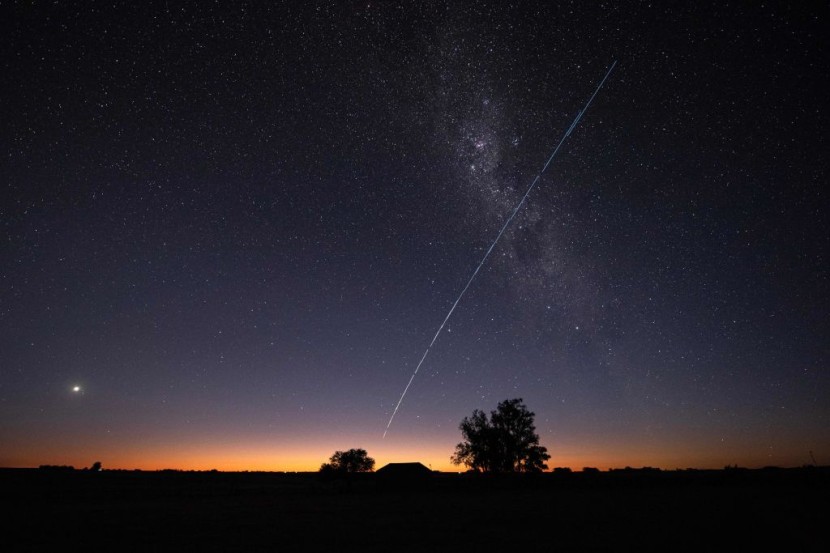Scientists are investigating the mysterious cosmic ray seen in Utah that has led to the discovery of an extremely rare, ultra-high-energy particle that is thought to have come from beyond the Milky Way galaxy.
The subatomic particle's energy was found to be equivalent to dropping a brick on your toe from waist height. The researchers published the study that detailed their findings on Thursday in the journal Science.
Sun Goddess Particle

The latest event rivals the most energetic cosmic ray ever observed, the "Oh-My-God" particle detected in 1991. Cosmic rays are charged particles that travel through space and constantly rain down on our planet.
Low-energy cosmic rays can come from the sun, but extremely high-energy cosmic rays are rare. They are believed to have traveled to Earth from other galaxies and extragalactic sources far in the vast cosmos.
In a statement, a study co-author, John Matthews, said that if a person holds their hand, one cosmic ray would go through their palm every second. These are the low-energy cosmic rays, as per CNN.
The research professor at the University of Utah added that the high-energy cosmic rays will never go through a person's hand. Despite scientists conducting years of research, they are still not sure about the exact origins of these high-energy particles.
They are believed to be related to the most energetic phenomena in the universe, including those that involve black holes, gamma-ray bursts, and active galactic nuclei.
However, the biggest discovered so far appear to have originated from voids or space, with no violent celestial events occurring nearby. The newly-discovered particle was given the name "Amaterasu" after the Japanese mythology sun goddess.
It has an energy level that is one million times greater than what can be generated using humanity's most powerful particle generators. The name that was given to the particle means "shining in heaven," according to Space.
Read Also : NASA's James Webb Space Telescopes Provides View of Mysterious Star-Forming Heart of Milky Way
High-Energy Cosmic Rays
The researchers who discovered the particle, including Osaka Metropolitan University's Toshihiro Fujii, are still in the dark about the particle in general. On top of not knowing where it came from, they are unsure what it is.
He said the Amaterasu particle is the most energetic charged particle the Telescope Array experiment has ever detected. Scientists hope the particle can help them create a new branch of high-energy astrophysics.
Clancy James, an astronomer at Curtin University in Perth, Australia, said the discovery of the new particle is amazing. He argued that it is because of what could have produced such high cosmic energy.
Fujii first came across bizarre signals on May 27, 2021, while conducting a routine data check at the Telescope Array. The signals that he saw suggested that the facility's detectors were struck by something super energetic.
At first, he was skeptical, but he later found that the measurements were consistent with those produced by ultra-cosmic rays. Fujii and his team are now upgrading the Telescope Array to be four times as sensitive to allow them to capture more of these rare ultra-high-energy cosmic rays, said Nature.
© 2025 HNGN, All rights reserved. Do not reproduce without permission.








